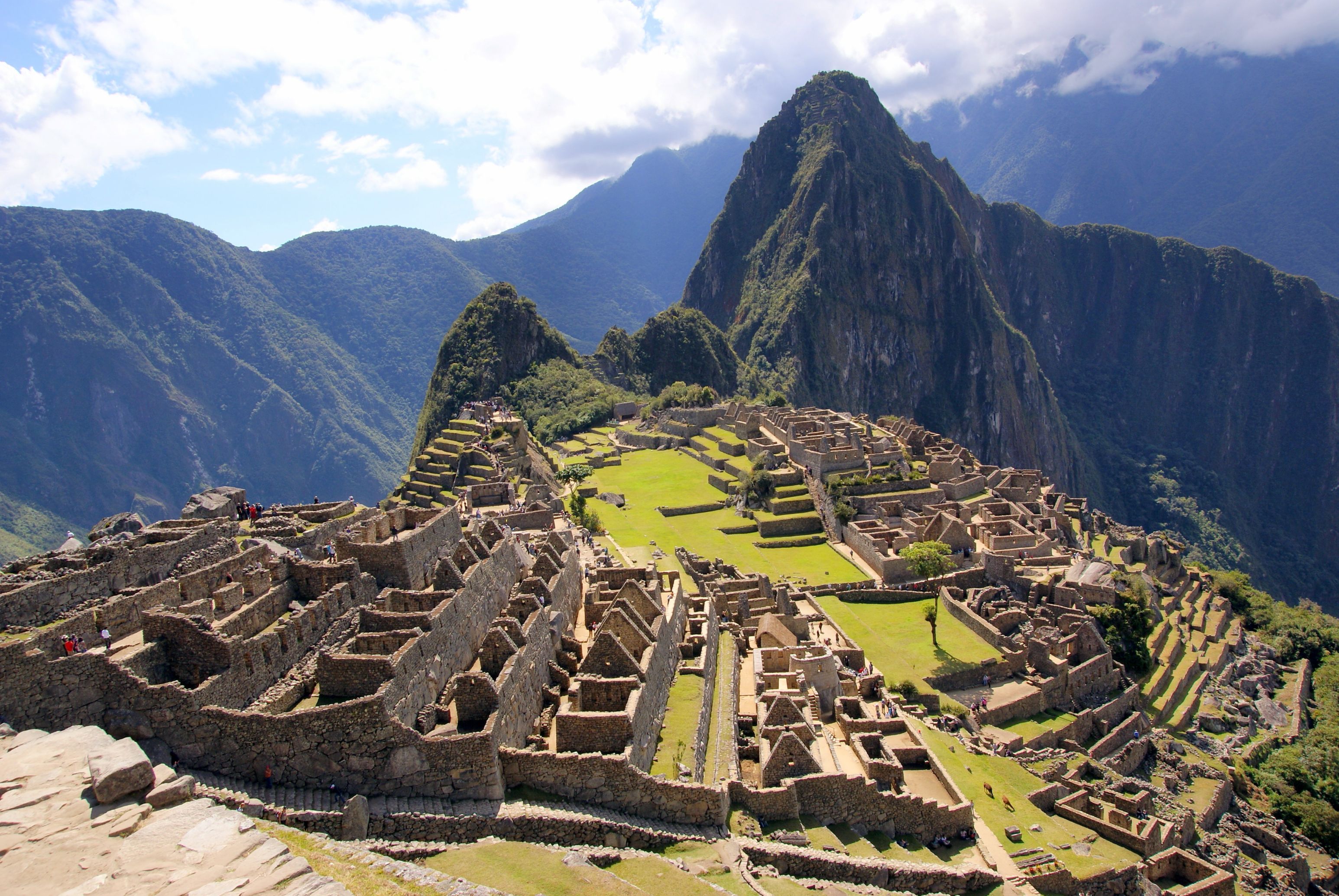The Seven Wonders of the Ancient World, hailed as some of the greatest architectural feats of human achievement, have captivated imaginations for centuries. Located primarily in the Eastern Mediterranean, these structures, documented by ancient authors, ranged from the grandeur of the Pyramids of Giza to the supposed magnificence of the Hanging Gardens of Babylon. While only the Pyramids remain standing today, the stories of the other six wonders’ creation, admiration, and eventual decline underscore the transitory nature of even humanity’s grandest achievements.
Key Points:
- The Great Pyramid of Giza is the only remaining wonder and was constructed around 2500s BCE. Originally adorned with shining white limestone and golden capstones, they’ve endured for over 4,000 years despite extensive plundering.
- The Mausoleum of Halicarnassus, built in the 4th century BCE in present-day Turkey, was a tribute to King Mausolus and his family. While once magnificent and adorned with 400 sculptures, its ruins were later used to construct the nearby Bodrum Castle.
- The Temple of Artemis at Ephesus in modern-day Turkey was actually rebuilt three times due to calamities. Its last version, highly regarded as one of the wonders, was eventually demolished by Christians in the late 4th century CE.
- The Statue of Zeus at Olympia, crafted in the 5th century BCE, was a monumental seated figure made of wood, gold, and ivory. Its exact fate is a mystery, but it likely perished when the temple housing it burned down.
- The Colossus of Rhodes, a gigantic bronze statue, was built to commemorate the defeat of Demetrius Poliorcetes in the 280s BCE. A significant earthquake brought the statue down in 226 BCE, and its remains gradually disappeared over time.
- The Lighthouse of Alexandria (Pharos), built in the 3rd century BCE, guided ships in the bustling port of Alexandria for centuries. Earthquakes and subsequent salvaging operations gradually erased it from the landscape.
- The Hanging Gardens of Babylon, allegedly constructed by Nebuchadnezzar II in the 7th century BCE, remain an enigma. There’s debate over their very existence as there’s a lack of firsthand accounts or archaeological evidence. Some theories suggest they might have actually been located in Nineveh, built by the Assyrians
Source: https://www.thecollector.com/destruction-7-wonders-ancient-world/?utm_source=pocket_discover






